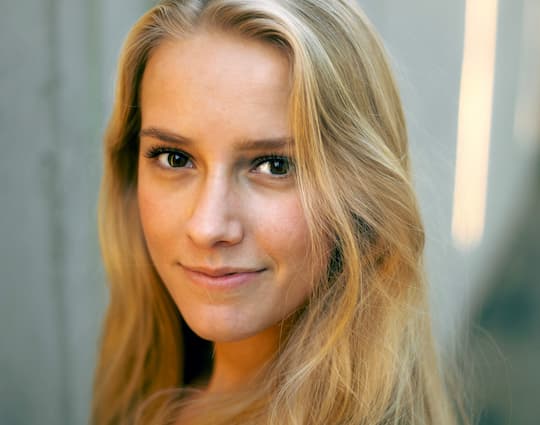This colour and length of hair is most attractive on a woman.
Longer and lighter hair is the most attractive hair colour on Caucasian women, a study has found.
Both lighter brown hair and lighter blonde hair are seen as more attractive than darker or black hair.
Lighter hair increases men’s ratings for youth, health and attractiveness in a woman.
On the negative side, though, lighter hair was linked to worse parenting skills by men.
The researchers also noted some interesting variations:
- There is evidence that lighter hair is only more attractive for women under the age of 40.
- Men rated women with medium-length blonde hair as more attractive than those with long blonde hair.
- Long black hair beat long blonde hair.
The explanation is likely that blonder hair signals youth, since people’s hair tends to get darker until mid-life.
Study on most attractive hair colour
The study involved 110 men who rated women with hair of different colours and lengths.
The study only included Caucasian women with black, brown or blonde hair of short, medium or long length.
The results are explained by the study’s authors:
“…we found that lighter hair (blond and brown) compared to darker hair (black) is generally associated with perceptions of youth, health and attractiveness, and generally leads to more positive perceptions of relationship and parenting potential.”
The study’s authors employ an evolutionary explanation for their findings:
“Hair that is healthy and strong signifies overall physical
health, which in turn can signify one’s capability of conceiving and carrying a child.Because hair tends to be thicker, healthier, and grow more quickly in younger women (ages 16-24) than older women, one would expect that younger women would wear their hair longer than older women to provide a more perceptible and powerful signal to reproductive potential.”
The preference for blonde hair may be related to location, as men seem to prefer it more in areas where it is more common.
The study was published in The Journal of Social Psychology (Matz & Hinsz, 2017).

